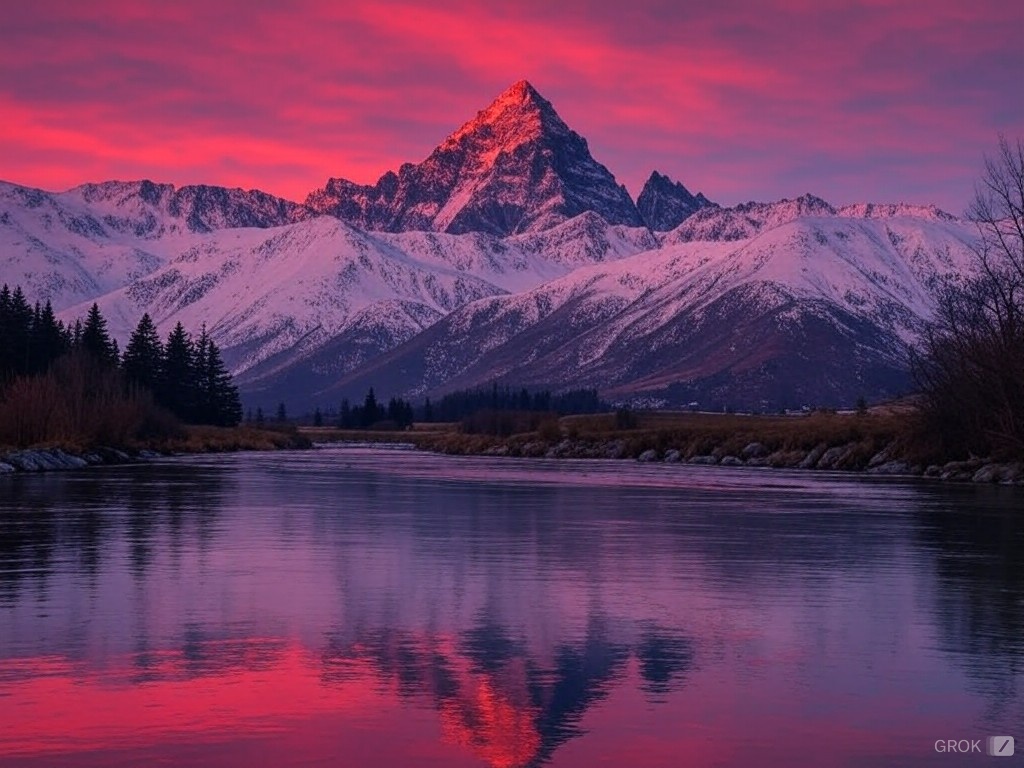Ever had that heart-racing moment in a video game where the environment itself almost leaps out at you? Maybe it was a derelict spaceship or a shadowy forest that felt like it had stepped right out of a fairy tale… or a nightmare. Very likely, if the game was crafted in Unreal Engine, that ‘almost tangible’ feeling was no accident. It takes a heap of ingenuity and more than a little wizardry in the world of Unreal Engine level design to transform mere polygons into immersive, spellbinding worlds.
Unreal Engine: More Than Just a Tool
Think of Unreal Engine as more than just software—it’s a canvas. Here’s the kicker though – you’re painting with assets and scripts! Sure, it may sound a bit dry when put that way, but trust me, it’s far from it. Unreal Engine has powered some of the most visually stunning games out there. Ever heard of ‘Fortnite’? Yep, that’s Unreal Engine showing off its glossy, vibrant versatility.
But let me sidestep here for a sec. Have you ever wondered about what goes behind creating the eerie vibes in a horror game or the expansive landscapes in an adventure game? It’s something like orchestrating a symphony. Every texture, every light shadow plays its part. It’s fascinating… and a bit daunting when you’re the one in charge!
The Heart of Level Design
Now, let me bring you into my world a bit. When I start on a new level, it often begins with a ‘what if’. What if this crumbling castle was recently abandoned, or what if this alien planet is actually alive? Starting with these kernels of imagination, my next step involves a lot of sketching – yes, old-school pencil and paper.
Designing levels in Unreal Engine often feels like being a director on a film set. You decide where the light hits, the mood of each scene, where the hidden secrets are tucked away. It’s not just about making a map for players to run through; it’s about storytelling. Each level contains its own narrative arc, from the unsettling quiet of a deserted alley to the adrenaline rush as walls literally start closing in.
Now, full disclosure – sometimes what sounded awesome at 3am is a bit less so in the bright light of day. Not every idea makes it off the sketchpad, but that’s okay. The thrill is in the creation process itself, in pushing the boundaries of what you thought you could do. And when players say they lost themselves in a world you created, well, that’s the best feeling.
However, here’s a truth bomb – it’s not a solo adventure. Collaboration is key. Sometimes you need that one genius coder or a creative artist to add their flair to your concept. Can’t do it all alone, right?
Let’s be real for a minute – sometimes, working with Unreal Engine can be like wrestling a greased octopus. There’s a dizzying array of features and it’s easy to feel overwhelmed. But here’s the thing – every challenge is a chance to learn something new. And let’s not shy away from talking about the occasional bugs and epic fails – oh boy, don’t get me started on the time I accidentally made everything in the level bounce… like everything!
Level design is part magic, part hard, technical graft. It’s about dreaming big and then drilling down into the tiny details that breathe life into those dreams. It’s about late nights, sudden bursts of inspiration, and sometimes, questioning your sanity as you tweak that lighting effect for the umpteenth time.
If all this talk of crafting worlds and playing god with environments tickles your fancy, why not get in touch? Shoot me an email at [email protected]. Whether it’s bouncing off ideas or needing some heavyweight Unreal muscle on your project, let’s create something unforgettable together. Now, where did I leave my virtual paintbrush?
